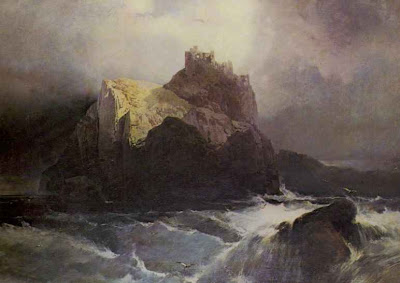Cool Runnings [DVD] [1994]
Bobsledding is not exactly the first thing anyone would associate with Jamaica, but it’s precisely the unlikeliness of that combination that inspired “Cool Runnings”. The team was a novelty, and then they became a symbol of the Olympic spirit. Then they became a movie. But the four men of the first Jamaican bobsled team, the four men who went to the 1988 Calgary Winter Olympics having hardly seen snow, always wanted one thing.
“We wanted most of all,” said Nelson Chris Stokes, “to compete. We were not jokes. We were athletes who wanted to test ourselves…some people wanted us to be a joke, but those who knew the sport and understood athletics understood how serious we were and what a great accomplishment we had.”

The film celebrates genuine sportsmanship, placing the emphasis back on how the game is played in the face of the winning-is-everything philosophy that permeates every aspect of contemporary life..
“Cool Runnings,” which takes its title from a Jamaican slang expression meaning “peaceful journey”, was inspired by actual events, but director Jon Turteltaub and his several writers have taken liberties so creatively that we’re left with the satisfying feeling that if the story didn’t exactly happen this way it should have. The people who originally conceived the idea of a Jamaican bobsled team were inspired by the islands pushcart racers, and then tried to recruit top track sprinters. However, they did not find any elite sprinters interested in competing, so instead recruited four sprinters from the army for the team. Irving Blitzer is a fictional character; the real team had several trainers, none of whom were connected to any cheating scandal. Arguably, the key moment in the film occurs at a quiet moment when Irv tells Derice that “If you’re not enough without a Gold Medal, you’re not enough with it.”
Continue reading Cool Runnings (1994)







.jpg)



